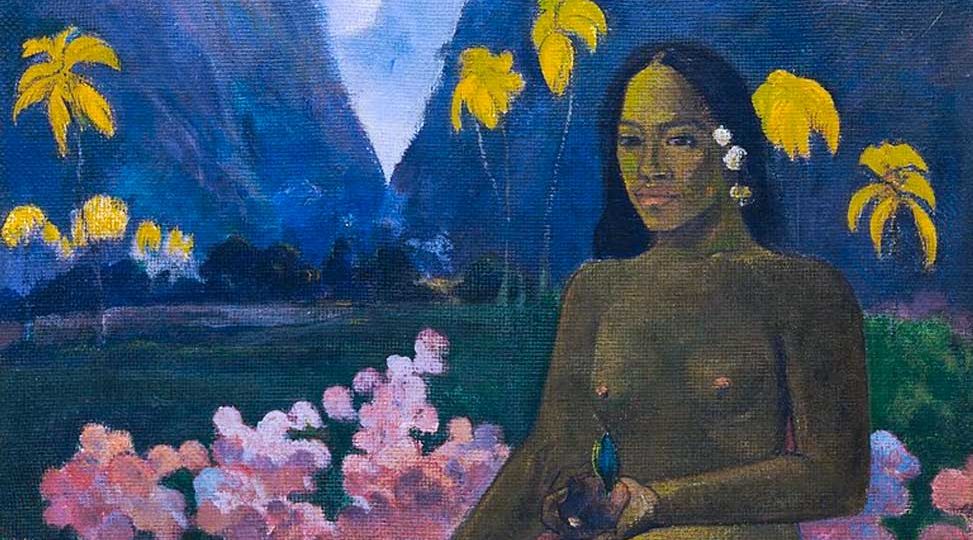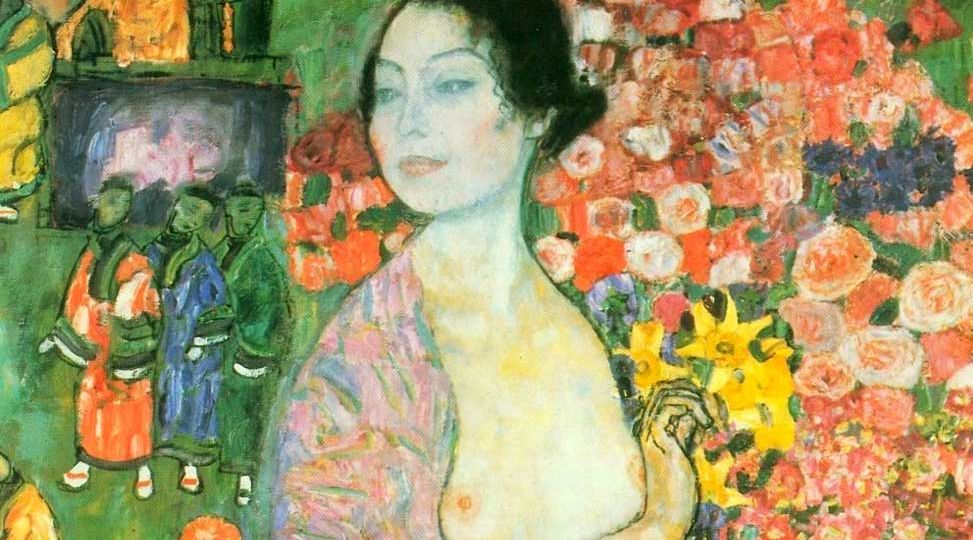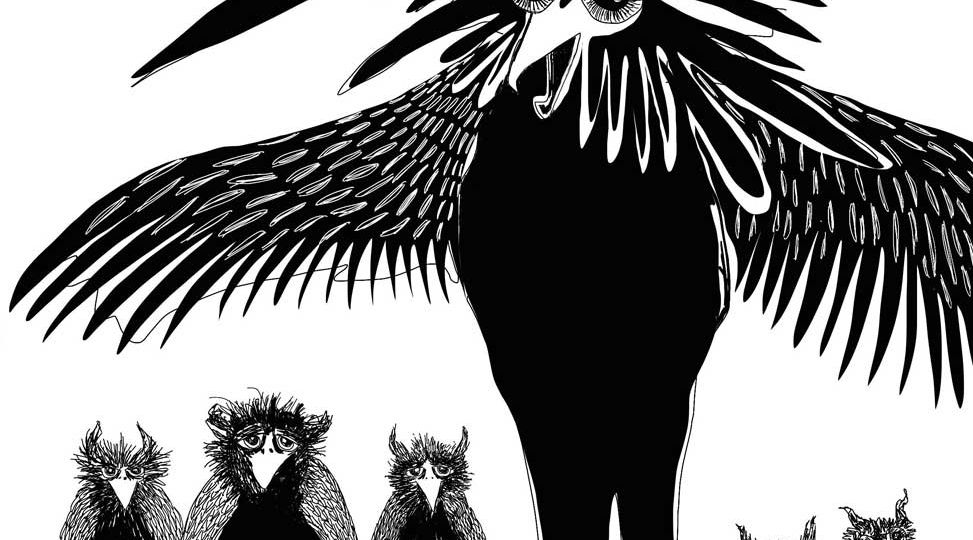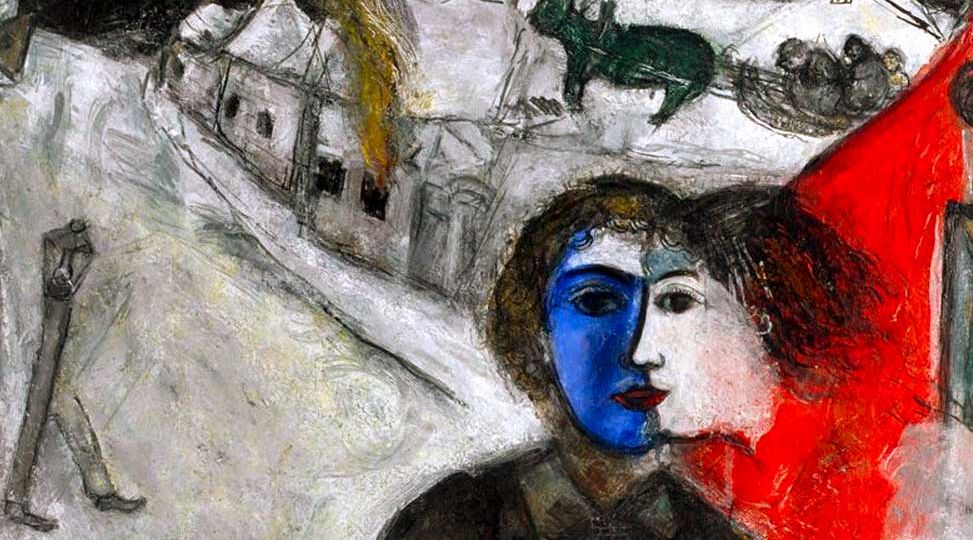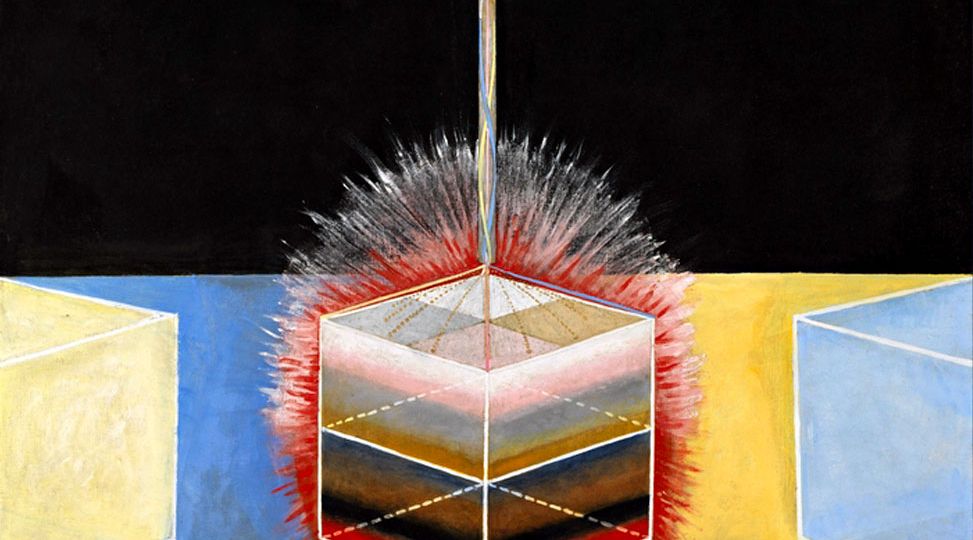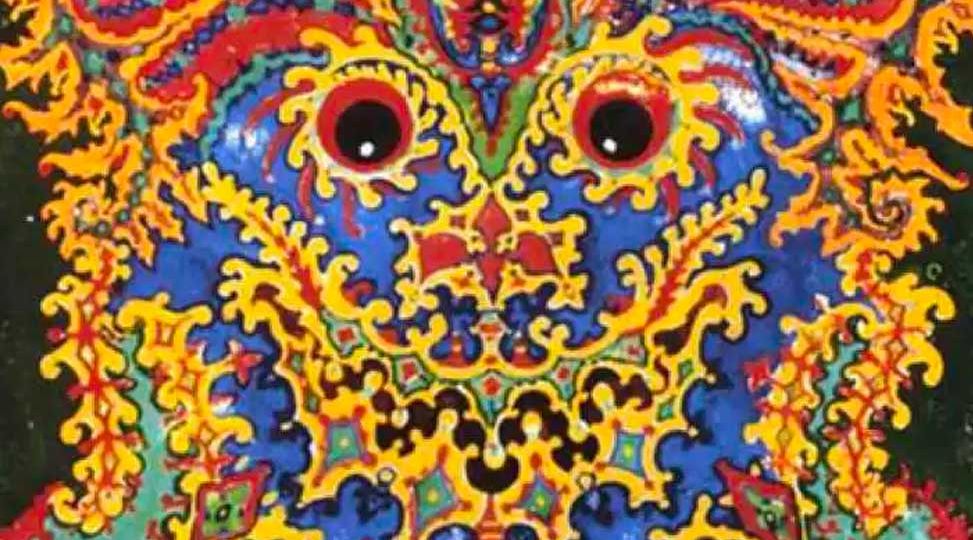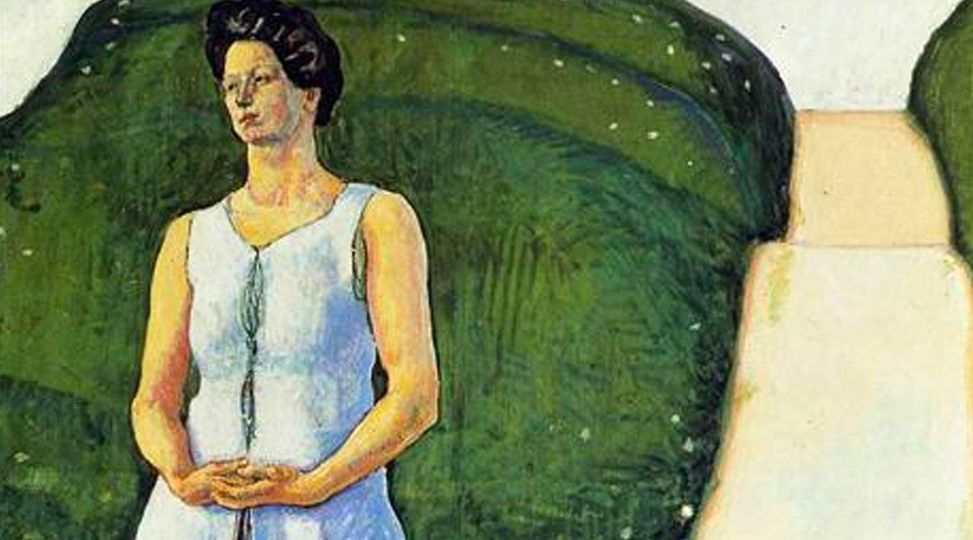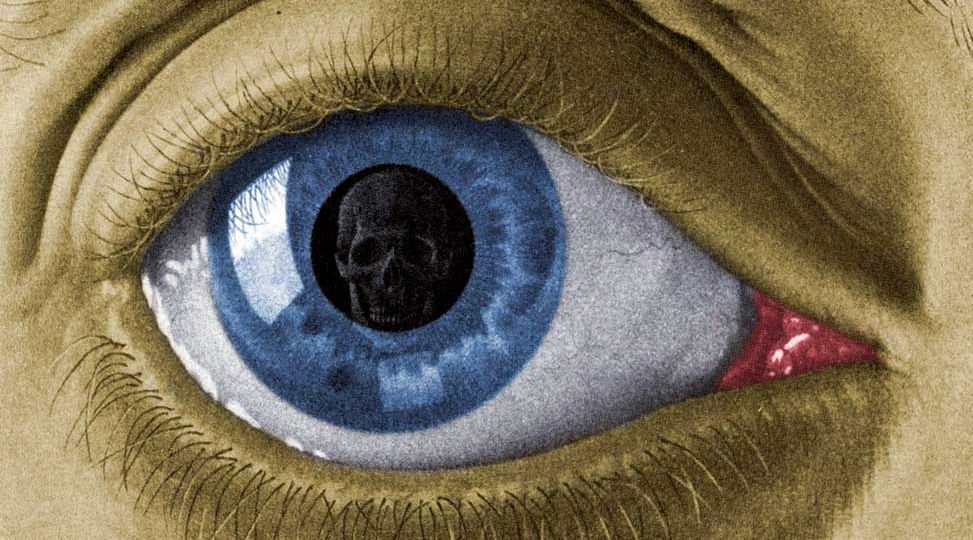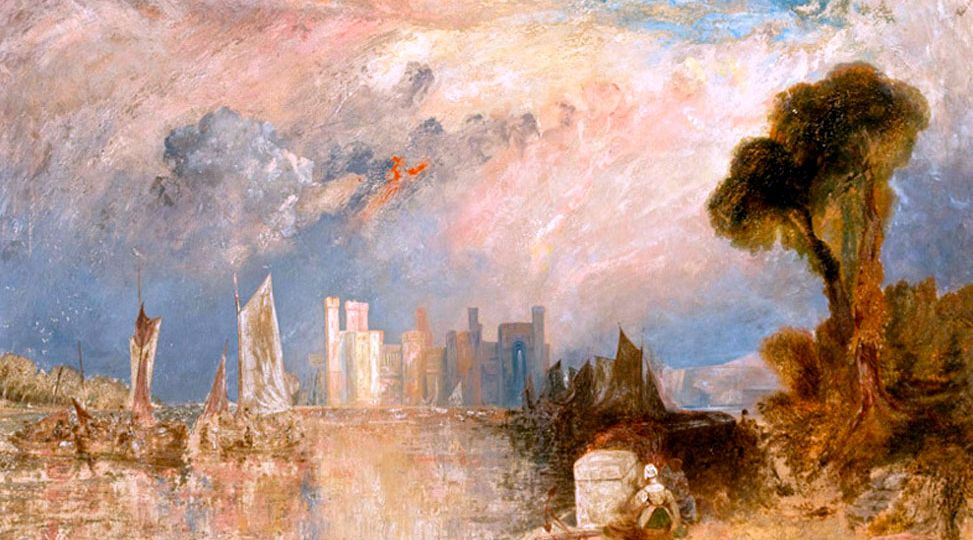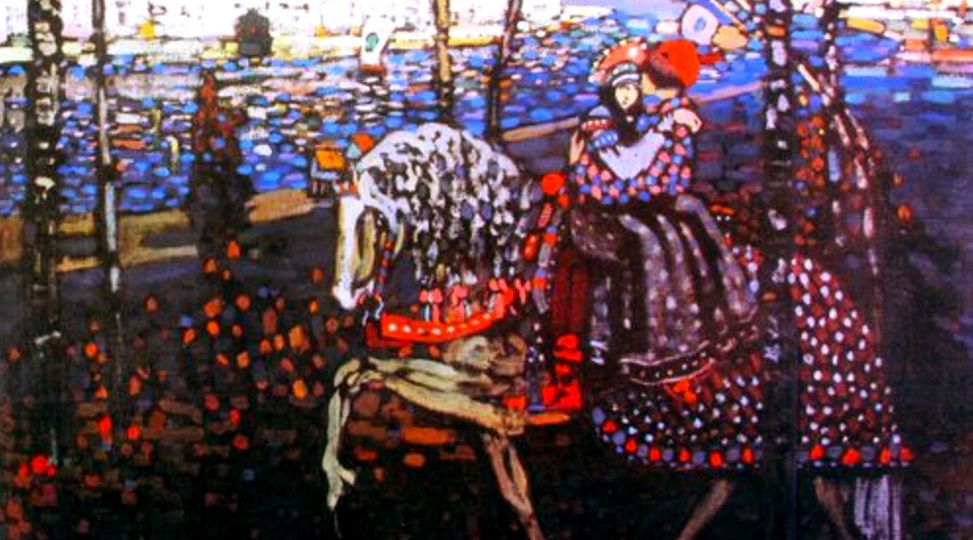Many women, and not least women with dominant Ni, intuitively know that their spirituality, their creativity, and their sexuality arise from the same source. The priestess may be found in all walks of life; she is the woman who mediates between matter and spirit, between the human and divine realms, who “will always honor sexual energy as a link to the source of life itself.”
Issues
Much of the depth psychology literature has been written by and for intuitive types and introverted types, which means that those with an extraverted sensing (Se) preference are a rarity in the field. This in turn perpetuates a subtle bias against extraverted sensation. Yet, contrary to popular opinion, sensing types do have access to the archetypal realm.
Humanity is being summoned to change its perspective in an assortment of ways. When a pandemic wipes the calendar clean, the heroes are not the rich, successful, and scholarly; the heroes are those at the bottom of the economic hierarchy, the people who are risking their health to maintain normalcy during isolation and self-quarantining.
Cassandra represents the difficulty of expressing one’s own truth in a way that is persuasive and influential in the world, particularly a truth that is not androcentric. The weakening of the voice of the dream ego represents the suppression and repression of the feminine that results from continuing to rely on old ways of exerting influence.
My ongoing experience with grief in relation to my inferior function has brought forth dysfunctional behavior as well as an increase in consciousness and differentiation. It has enhanced my awareness of the healing capacity and vulnerability of the inferior function. I have come to see that the vulnerability is necessary.
When I first learned about typology in the mid 1990s, I set out to conquer the inferior function. After all, I wanted to develop in every way possible, and surely that meant quashing anything inferior! More recently, however, I have come to appreciate the power of this gremlin to draw me closer to the middle realm of dreams and imagination, where wisdom rises from the depths.
I suddenly noticed all the bright, beautiful one-inch tiles lining the pool. How had I not seen them before? Each of these little cobalt blue squares bore witness to my laps through the water. I decided, in the spirit of play, to imagine that every one of these tiny tiles represented $5000. For the time in which I swam, I engaged this unexpected image.
The beauty, of course, comes with surrender. When we surrender to the gifts of the inferior function, allowing it to walk beside us hand in hand rather than dragging it behind us like some burdensome weight, consciousness shifts, a new view opens before us, and the world becomes a different place because we have allowed ourselves to become different in its presence.
There is a secret connection between the most Beautiful and the most Terrible things, just as there is between mountain peaks and abysses, between calm lakes and the rushing streams that feed them, between noble, laughing Life and the dark Death that lies near us all the time. … But one naturally could not let the maiden anywhere near the Dragon … .
The world of Rilke’s tale is one besieged by the Dragon. This is the world of the wasteland, where people are living inauthentic lives. In most fairy tales, a successful hero is the answer to the wasteland. Rilke, however, presents the tale not as a deliverance from the Dragon but rather as a slow descent into the shadowy realm of the Dragon.


